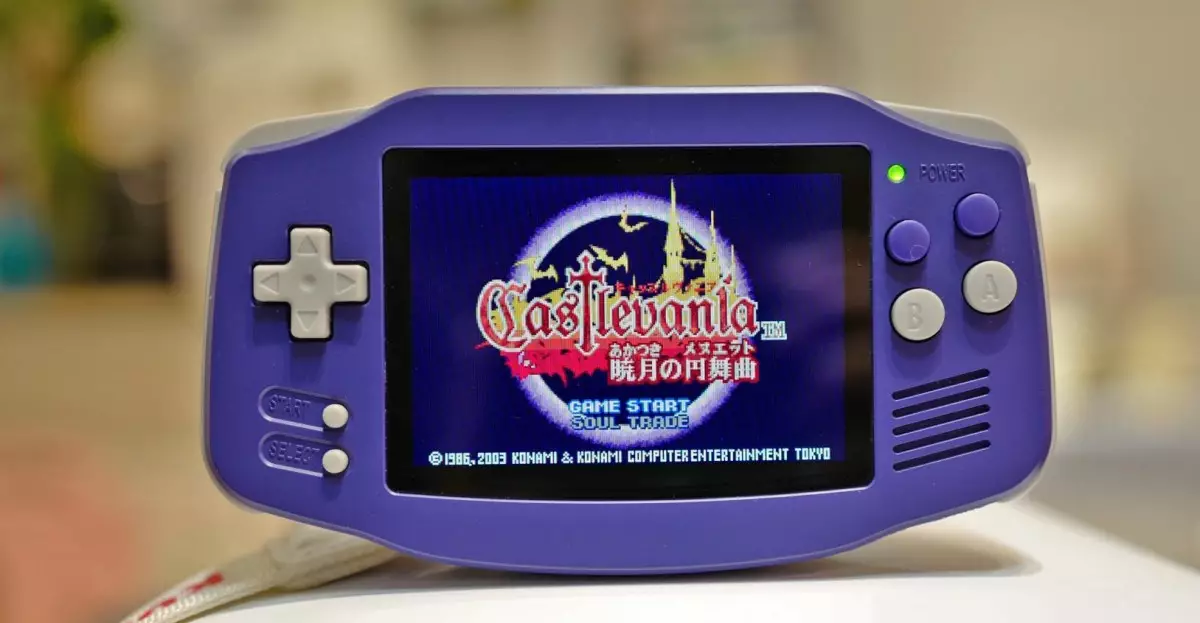In a world where nostalgia meets technology, Anbernic has carved out a unique niche in retro gaming. Known for their affordable clones of iconic handheld consoles, particularly Nintendo’s Game Boy, Anbernic has captured the hearts of both nostalgic gamers and new enthusiasts who want to experience classic games without the often exorbitant prices of original hardware. These devices, typically priced around $70, allow players to relive their childhood experiences at a fraction of the cost. However, the very essence of Anbernic’s appeal, its affordability, now faces an uncertain future amid rising geopolitical tensions.
A Tariff Crisis Looms
The proposed 245% tariffs on Chinese goods signal a troubling turn for companies like Anbernic, which rely heavily on imports to sustain their operations and pricing strategy. A statement from the company indicated a shift in their shipping practices due to these tariffs, with the cessation of U.S. shipments from Chinese warehouses. This sudden policy change raises concerns not only about the future affordability of Anbernic products but also about their availability in the U.S. market. By suggesting that customers prioritize purchasing items from their U.S. warehouse—a strategy already present but now amplified—Anbernic acknowledges a looming threat to their business model.
Many small to medium enterprises, like Anbernic, are left in a precarious situation, with uncertainty surrounding how tariffs will be collected and enforced. It’s a nuanced dilemma: while existing U.S. stock remains untouched by the tariffs, the heart of Anbernic’s supply chain lies in China. The implications of these trade policies could result in a drastic uptick in prices, eroding the affordability that made Anbernic so popular in the first place.
Impacts on Consumers and the Retro Gaming Community
When consumers consider purchasing one of Anbernic’s handhelds, the anxiety surrounding possible price hikes doesn’t just affect their wallets—it also influences their purchasing decisions. With warnings from Anbernic urging customers to be cautious about potential customs duties, the once straightforward act of acquiring a gaming device becomes riddled with uncertainty.
Moreover, this predicament sends ripples through the broader retro gaming community. Anbernic has built a dedicated following, and their products have become synonymous with accessible gaming. If the cost of these devices increases significantly, we risk losing an essential avenue for entry-level gamers to explore the rich history of video games. This access to the past is pivotal in educating younger generations about the evolution of gaming, and ultimately, preserving the culture itself.
A Broader Reflection on Gaming Accessibility
The situation with Anbernic encapsulates a larger conversation about economic policy and the accessibility of technology. Gaming should be an inclusive experience, yet tariffs could create a barrier that restricts access to affordable options. It’s a reminder of how geopolitical decisions can have direct consequences on leisure and culture—a domain often thought to be insulated from the rigors of international trade.
Anbernic’s predicament also highlights the juxtaposition of technological advancement and nostalgic influence. As companies strive to innovate and meet consumer demand, there lies a delicate balance between maintaining affordability and navigating a tumultuous economic landscape. While some are turning to third-party sellers like Amazon for Anbernic products, this might just be a temporary fix.
As we navigate these challenging times, it calls into question the sustainability of affordable gaming solutions in the face of increasing tariffs. Will we see other companies follow suit, suspending shipments or increasing prices altogether? For the time being, all eyes are on Anbernic as the retro gaming landscape stands on the brink of an uncertain economic future. It’s a tension that speaks volumes about the intersection of nostalgia, technology, and policy—a narrative that continues to unfold in real time.

